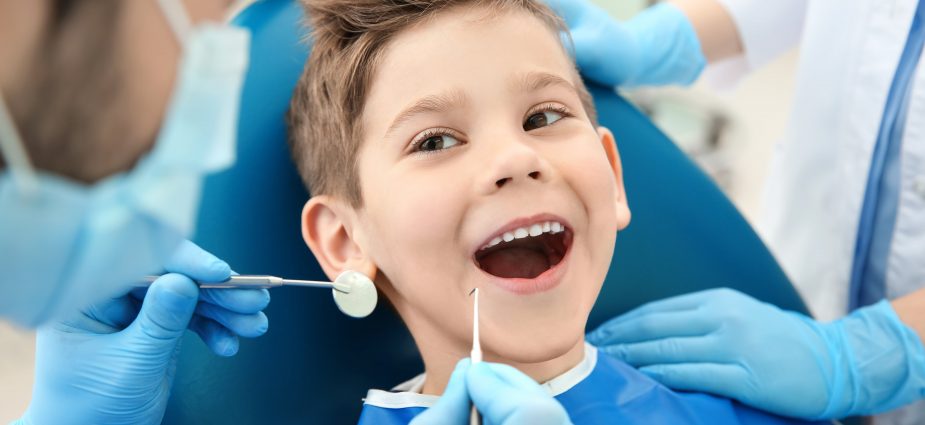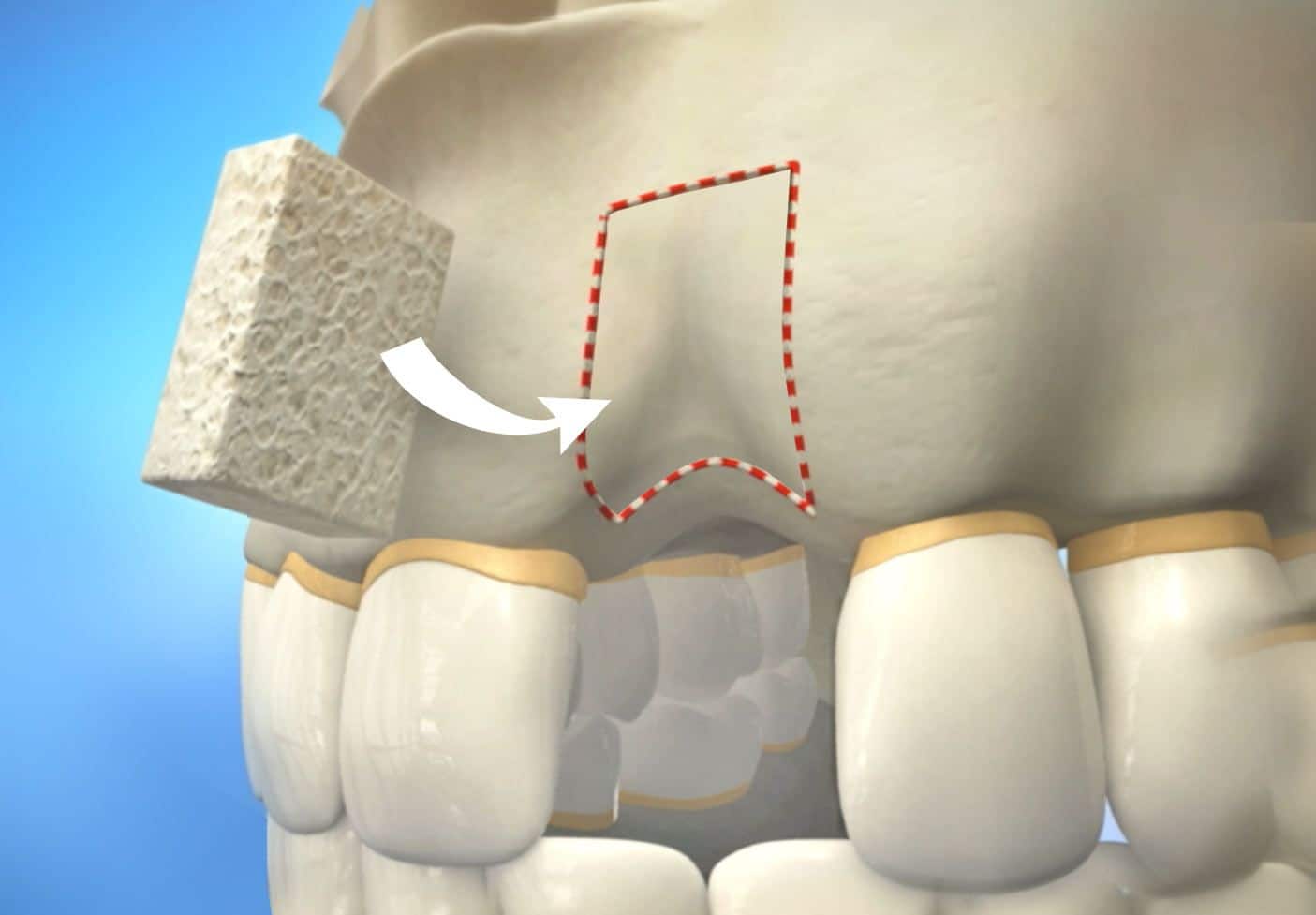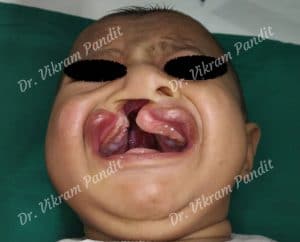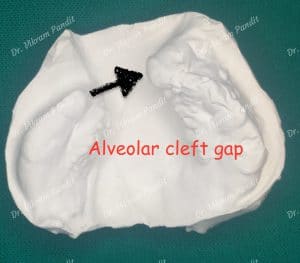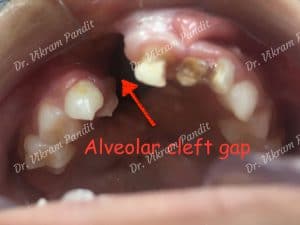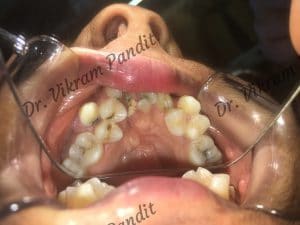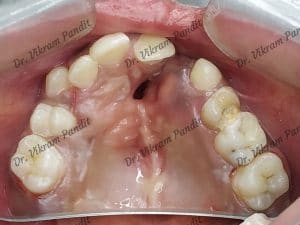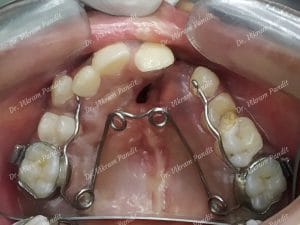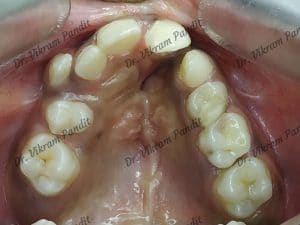Alveolar bone grafting is a oral and maxillofacial surgery which adds a bone to the gum ridge of a child who has cleft lip and cleft palate. Alveolar Bone Grafting surgery is also popularly known as ABG Surgery.
Cleft lip and cleft palate is a congenital deformity which forms during the early development of the child in the womb itself. The appearance of the babies born with a cleft lip and cleft palate is quite different and is a huge cause of concern for the parents as well as family members of the child.
Also, a cleft lip or a cleft palate can be an impediment as it affects the speech, feeding patterns, hearing, respiration, and other such daily activities which can be a huge cause of concern if not treated on time. However, most of the parents do not know the course of action that needs to be followed when treating Cleft Lip and Cleft Palate. There is a lot of misinformation regarding the deformity and this is the reason that July is considered as Cleft Awareness month.
Taking advantage of this, our expert doctors at Pandit Clinic – Dr Shrirang Pandit (Plastic Surgeon) and Dr Vikram Pandit (Oral and Maxillofacial Surgeon) have decided to pen down a series of blogs which involves information regarding all the procedures involved in treating the deformity at hand and restoring regular growth and normal function of the child.
This blog has been written by Dr Vikram Pandit (Oral and Maxillofacial Surgeon) who has worked extensively with children suffering from Facial Cleft defect. His work has earned him prominence and made Pandit Clinic one of the best cleft surgery practices in Pune and in India.
Generally, correction of a cleft lip and cleft palate requires multiple surgeries at different age groups in order to correct the issue. The first surgery is the correction of the cleft lip and the second one involves the correction of a cleft palate.
The third surgery involves an alveolar bone graft which needs to be performed by either oral and maxillofacial surgeon or plastic surgeon. Other surgeries include Cleft Rhinoplasty, Cleft Orthognathic Surgery and Pediatric Dental Care for children with facial cleft.
What Is Alveolar Bone Grafting?
The presence of cleft lip and cleft palate have an effect upon the natural growth of the teeth and jaws. The alveolus is the part of jaw bone in the maxilla (upper jaw) and mandible(lower jaw). The main function of the alveolus is to support the teeth. Most of the alveolus is covered with gums.
In patients with cleft lip and cleft palate due to the congenital deformity in the upper jaw, part of the alveolus in the cleft region is absent.
Because of this, the children may have few missing teeth in that area, also teeth around that region are usually rotated in various angles.
Due to the cleft lip and cleft palate surgeries performed at an earlier age, the child will usually develop a narrow and constricted maxilla.
Also, such patients will have maxilla which shows less growth as compared to the lower jaw bone. The maxilla usually will appear to be in “V” shape rather than normally seen “U” shape.
Why Is Alveolar Bone Grafting Necessary?
The alveolar bone grafting surgery is usually performed at the age of 9-12 years. The various reasons for performing this procedure are listed by Oral and Maxillofacial Surgeon Dr Vikram Pandit as follows:
- To fill the defect in the underlying bone
- To help in the eruption of teeth in cleft gap
- To close the remaining fistula in the area just behind the gums
- Improvement in speech and eating/drinking
- Add bone to deficient lateral nasal alar base
- To help in the alignment of teeth using orthodontic treatment later on
- To fuse two maxillary segments into one bone. This helps in later orthognathic/ jaw advancement surgery needed at the age of 18 years
- Also, this bone is later useful in case of replacement of missing teeth using dental implants
Can Periodontists Do Alveolar Bone Grafting ?
Alveolar Bone Grafting Surgery can be performed by a qualified Oral and Maxillofacial Surgeon.
A periodontist can recommend that an ABG surgery is necessary but cannot perform it.
What Happens Before The Surgery?
Usually, patients will be asked to get a dental X-rays OPG (Orthopentomogram) and Lateral cephalogram done. The exact root development can be visualized on these radiographs. The latest radiological investigations such as CBCT scans will provide precise information regarding the bone defect and position of teeth in the cleft gap. In consultation with the orthodontist, surgery will be planned according to the x-ray findings. If the patient has a very narrow maxilla, then the orthodontist will plan for maxillary expansion before the surgery.
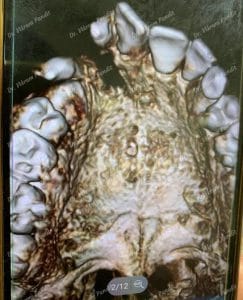
This expansion is performed using various orthodontic appliances such as a removable plate or fixed expander using wires and screws. These devices are usually cemented to the teeth and slowly expand the maxillary arches.
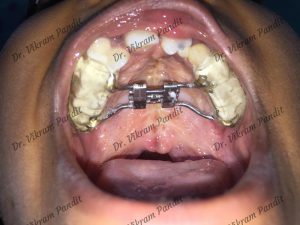
In some cases, the orthodontist will also want to align the rotated teeth so that the surgeon will get the best possible access to perform the surgery. These steps are essential to achieve the best possible outcomes. Usually, the time needed for this orthodontic work is between 6-10 months depending on the patients’ individual needs.
Basic surgical investigations like blood/urine/radiographs are done and if within normal limits, surgery will be planned.
Choice of site for bone graft harvest – Iliac bone (hip bone) is the ideal donor site for bone graft harvest. The advantages of using this site are:
- The surgical scar will be well hidden
- Generous amount of bone is available for harvest
- Good quality of cancellous bone can be taken
- The post-surgical deformity is minimal
- The same site can be used for re-surgery if needed
- Two teams of surgeons can work together reducing the surgical time
Other sites which can be used for this purpose are the tibia (bone in the leg), bone from the mandible (lower jaw), parietal bone(skull bone) etc. in some cases artificial bone can also be used, but the results of artificial bone are inferior to the autogenous i.e bone from patients own body.
What Is The Surgical Procedure At Pandit Clinic?
This surgery is performed under general anesthesia by me – Dr Vikram Pandit, the Board-certified Oral and Maxillofacial Surgeon of Pandit Clinic, Pune. The total duration of the procedure is usually around 2 hours.
In this surgery, the space between patients’ gums will be closed using adjacent tissue. Small fistula (hole) if present between the mouth and nose will be closed. Bone from the hip bone will be placed in the alveolar gap. Patient will have stitches inside the mouth, and around the teeth.
What Is The Post-Surgical Care And Recovery Procedure?
This is one of the most important steps in the success of the surgery. The patient will be advised to take antibiotics and painkillers. Also, oral hygiene instructions to follow will be discussed with the patient. In general following instructions should be followed by the patient
- Restricting the diet to cold or lukewarm liquids or semi-solids for the initial 5 days after surgery is necessary. Semi-solid/ no chew diet can be followed for the next two weeks. A regular diet can be started from 3rd week after surgery once you get clearance from the surgeon.
- Oral hygiene should be maintained well after the surgery. The first week after the surgery patient is asked to avoid toothbrushing in the area of the surgery. But frequent gargling is very important. Patients will be asked to use mouth rinse containing antibiotics. Gargling after every meal is a must. Toothbrushing can be resumed after one week of the surgery. It is advisable to use a soft toothbrush and toothpaste of your choice. Gum massage can be started after 3 weeks of the surgery.
- Donor site wounds must be maintained carefully. We usually use the waterproof dressing for the wound on the hip bone. So that patients can have regular baths. Stitches of this wound can be removed after 7 days if healing is satisfactory. Walking is encouraged from the next day of surgery.
- Stitches inside the mouth are usually self resorbable and will dissolve after 4-5 weeks of surgery.
- Regular follow up appointments should be maintained with the surgeon.
Once the healing is complete, the surgeon and orthodontist will decide the next course of action. Almost all the patients with cleft lip and cleft palate will need comprehensive orthodontic care to align the teeth.
Some of the patients with cleft lip and cleft palate will further require Orthognathic surgery (corrective jaw surgery) to reposition the jaws. This surgery will require further orthodontic support.
BOOK APPOINTMENT
If you have any questions or need more information about a procedure, please schedule an appointment with Dr Vikram Pandit at Pandit Clinic, Pune. You can also get in touch via panditclinicindia@gmail.com or +91 88059 80048
You Might Be Interested In
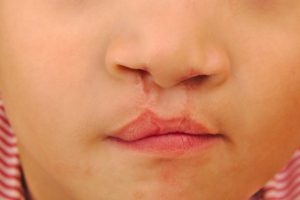
Cleft Lip & Cleft Palate: All You Need To Know
Cleft lip and cleft palate is a common birth defect. It can be seen in the form of splits in the lips and abnormal openings
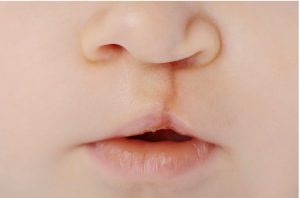
Cleft Rhinoplasty: Nose Reshaping Surgery
Cleft Rhinoplasty is a plastic surgery that reshapes the nose of a patient who has cleft lip and cleft palate. Cleft Rhinoplasty is a complex

Special Needs Children
Call us +91 7888229284 Home Pediatric Dentistry Dentistry for Special Needs Children At Pandit Clinic, we welcome children with special needs with open arms and

Cleft Lip and Cleft Palate
Call us +91 88059 80048 Home Plastic & Cosmetic Surgery Cleft Lip and Cleft Palate At Pandit Clinic, we have a very special expertise in






